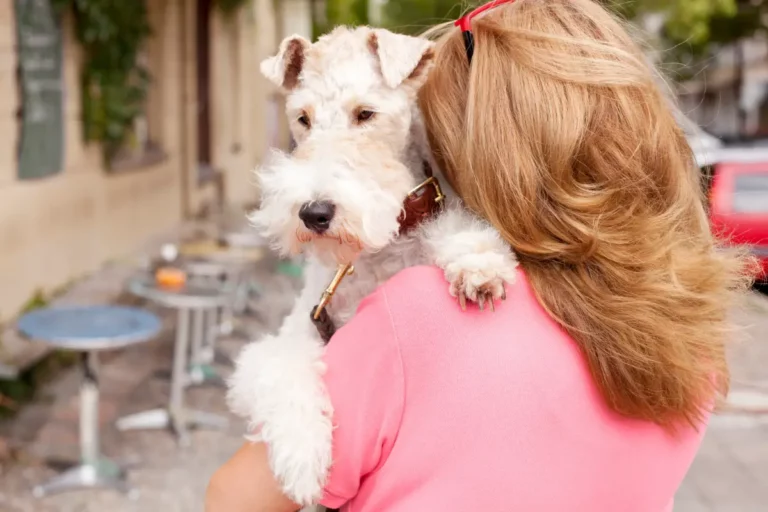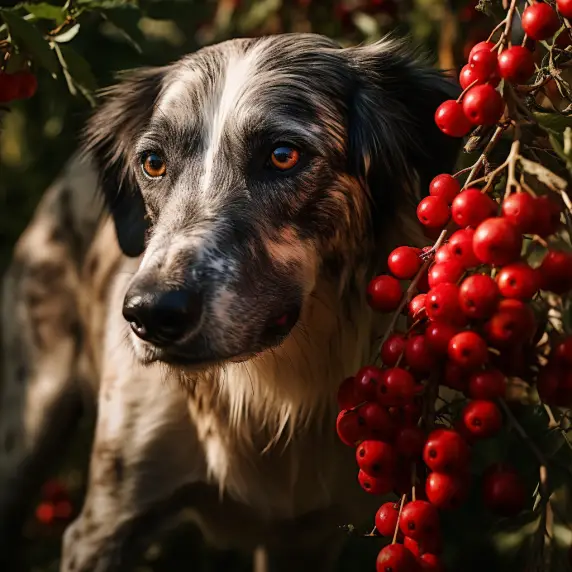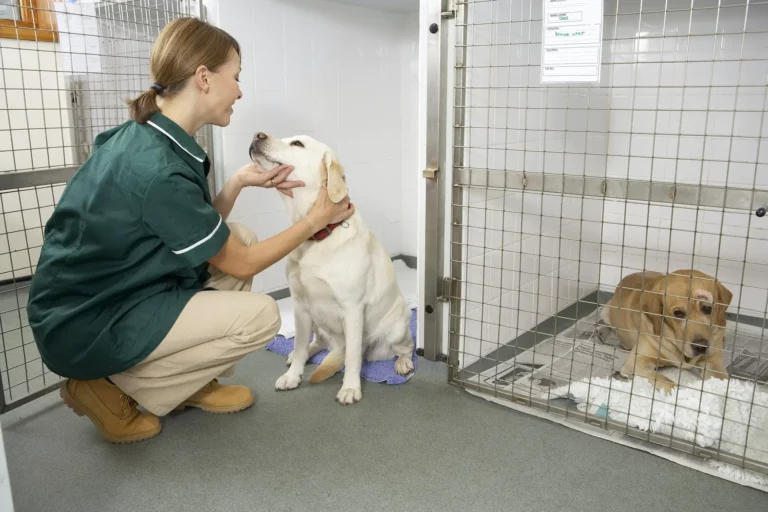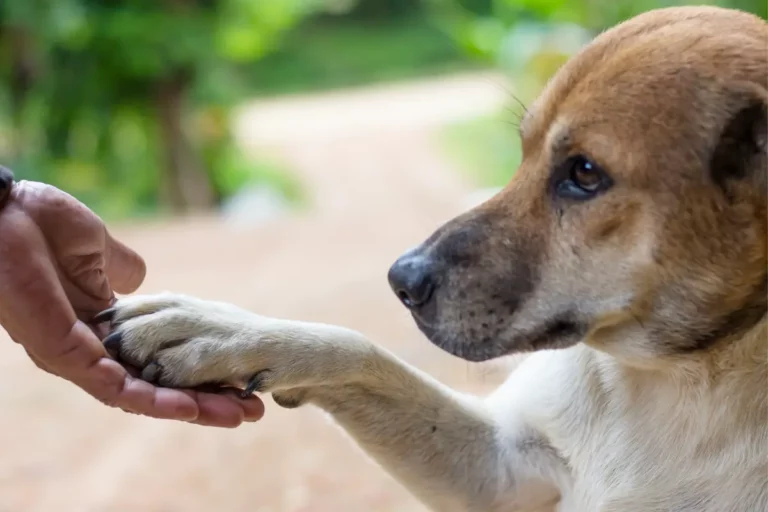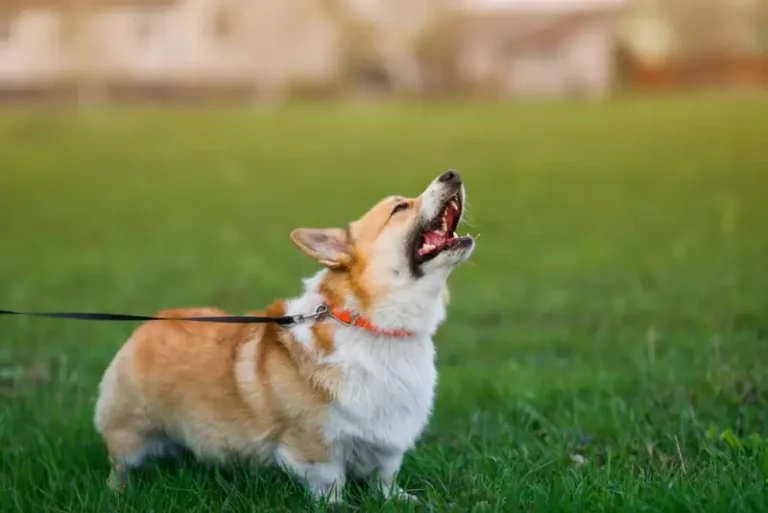Why Do Dogs Yawn When You Pet Them: 4 Possible Reasons
Ever noticed your furry companion yawn widely as you stroke their fur, and wondered why they do that? It’s a common question that baffles many dog owners: “Why do dogs yawn when you pet them?” But, as with most aspects of dog behavior, the answer is not as straightforward as you might think.
Understanding our dogs’ actions helps build a deeper bond and ensures their well-being. So, let’s embark on a journey to unravel the mystery behind these doggie yawns. Whether it’s a sign of contentment, a call for a break, or an indicator of something more serious, we’ll discover it all.
Get ready to view your dog’s yawns from a whole new perspective.
Key takeaways
Yawning in dogs is a form of communication, not just a sign of sleepiness.
Dogs may yawn as a calming signal or to show a range of emotions.
Dogs can yawn when petted due to overstimulation, contentment, or a need for oxygen.
Excessive yawning could indicate health issues such as heart disease or respiratory issues.
Monitoring yawning patterns and creating a calm environment can help manage excessive yawning.
Regular vet visits are crucial to catch potential health problems early.
Understanding your dog’s yawn can deepen your bond and enhance mutual understanding.
What is Yawning in Dogs: A Brief Overview
Yawning is a common behavior seen in many animals, including our loyal canines. Defined as a reflex consisting of the simultaneous inhalation of air and stretching of the eardrums, followed by an exhalation of breath, a dog’s yawn can be quite expressive.
Interestingly, while humans yawn mostly out of tiredness or boredom, the motivations behind our four-legged friends’ yawns are far more complex.
Some pet owners might think that yawning in dogs is similar to humans – a sign of sleepiness or boredom. However, while that can occasionally be true, it’s not the whole story. Dogs communicate with us in many ways, and yawning is one of them.
So next time your pup yawns, remember, they might not be bored of your petting. They could be communicating something much more nuanced.
Understanding Canine Communication: Yawning
In the world of dogs, a yawn is more than just a sign of sleepiness; it’s a unique form of communication. Deciphering this code can open up a new level of understanding between you and your furry friend.
One of the most intriguing interpretations of dog yawning is its role as a calming signal. Renowned dog behaviorist Turid Rugaas has identified yawning as one of the 30 calming signals that dogs use to maintain peace and avoid confrontations.
When a dog yawns, they might be trying to calm down a stressful situation or indicate they’re not a threat.
Another important aspect of canine yawning is its place in a dog’s body language. Like tail wags and ear positions, a yawn can speak volumes about a dog’s emotional state. It can serve as an indication of a wide array of feelings, from stress and anxiety to contentment and comfort.
So, the next time you see your dog yawn, take a moment to observe their surroundings and overall behavior. Is there a tense situation they might be trying to diffuse? Or are they simply reveling in the joy of your loving pets?
With careful observation, their yawns can become another language through which you understand each other better.
What is my dog thinking?
Yawning in dogs can be a calming signal, a sign they’re feeling relaxed and comfortable while being petted. It could also be a response to being tired or stressed.
Why Do Dogs Yawn When You Pet Them: Digging Deeper
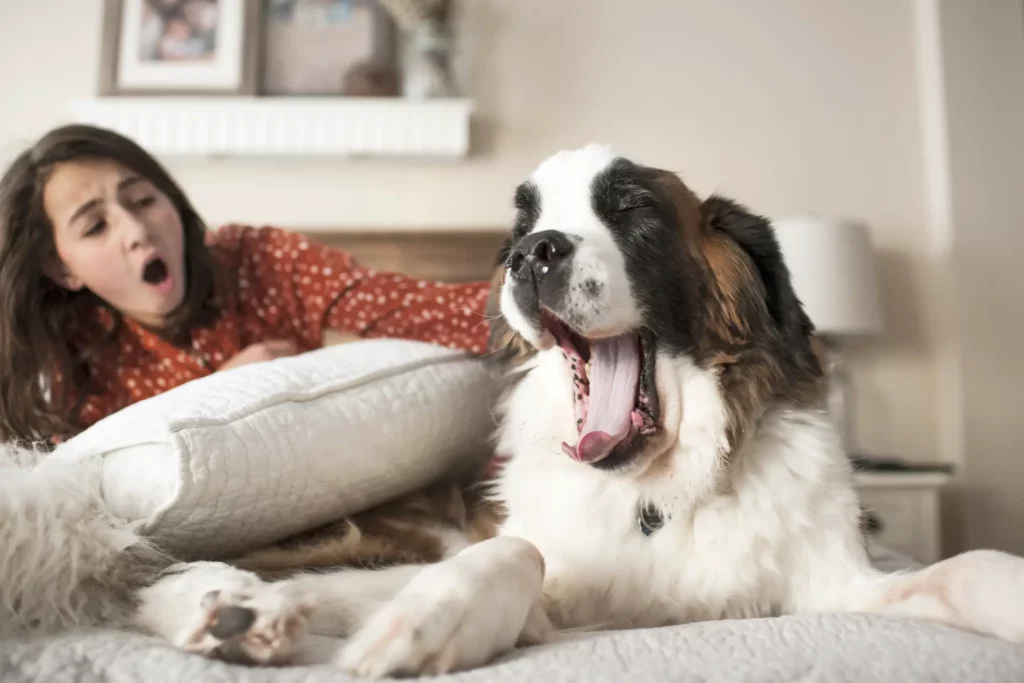
Understanding why dogs yawn when petted involves diving deeper into their emotional and physical responses. Let’s explore some of the main reasons:
1. Emotional reactions: Overstimulation and stress
Even though petting is usually a calming experience for dogs, too much of it can lead to overstimulation, causing them to yawn. This doesn’t necessarily mean they are not enjoying the petting, but rather that it’s a lot to process. If your dog yawns when you’re petting them, they might be telling you they need a short break.
2. Comfort and contentment: Sign of relaxation
Contrary to the previous point, some dogs yawn when being petted because they’re simply relaxed and content. The gentle touch from a beloved human can be comforting and soothing, causing a dog to yawn in satisfaction.
3. Physical reactions: The need for oxygen
Yawning increases oxygen in the bloodstream. When dogs are petted, especially if they’re excited or active, they may need to yawn to get more oxygen.
4. Other uncommon reasons for yawning
While the above reasons are fairly common, each dog is unique and may have their own reasons for yawning. It’s crucial to observe your dog’s overall behavior and body language to better understand why they yawn when petted.
Remember, a yawn can mean many different things, and interpreting it in the context of the situation and accompanying body language is key to understanding your dog’s feelings.
Observing Yawning Patterns: Linking to Health Concerns
While yawning is often a normal part of a dog’s behavior, it’s also essential to pay attention to any unusual patterns. Excessive yawning, especially if accompanied by other changes in behavior, could indicate underlying health concerns.
Excessive Yawning as a Sign of Health Issues
Regular yawning is normal in dogs, but if you notice an increase in the frequency of yawning, it might be a cause for concern. Excessive yawning could potentially signal discomfort or a health issue that warrants attention.
Specific Health Concerns Related to Yawning
Certain health problems, such as heart diseases, brain disorders, and even stomach issues, could cause a dog to yawn more frequently. In some cases, yawning could also be a sign of a respiratory issue, as your dog may yawn to get more oxygen if they’re struggling to breathe normally.
When to Consult a Veterinarian
If you notice your dog yawning excessively, especially when combined with other worrying signs like lethargy, loss of appetite, or behavioral changes, it’s time to consult your vet. They can conduct a comprehensive check-up to rule out any health issues.
Observing your pet and knowing their normal behavior is the best way to notice any potential health problems early. Always remember when it comes to your pet’s health, it’s better to be safe than sorry.
Addressing Excessive Yawning: Practical Tips for Pet Parents
If you find your dog yawning more than usual, it can feel worrisome. Here are some practical tips to address excessive yawning and ensure your pet is comfortable and happy.
Recognizing the Signals: Observing Patterns
Keep a close eye on your dog’s yawning patterns. Note when they yawn the most and what events precede it. Is it when they’re being petted, in a stressful situation, or seemingly at random? This could help you understand if the yawning is a reaction to a specific trigger or a potential health concern.
Ensuring a Calm Environment
If you observe that your dog yawns excessively when they’re overstimulated or stressed, try to create a calm and peaceful environment for them. This can be especially important when petting your dog. Remember, sometimes less is more!
Regular Vet Check-ups: Preventive Healthcare
Regular vet check-ups are essential for early detection of potential health issues. If your dog’s excessive yawning continues despite your best efforts, it’s crucial to seek professional help.
By understanding your pet’s behavior and taking proactive steps, you can effectively address excessive yawning and ensure your dog’s comfort and health.
Frequently Asked Questions
Is it normal for dogs to yawn when you pet them?
Yes, it’s quite normal. Dogs can yawn when petted due to contentment, relaxation, or sometimes, overstimulation. However, excessive yawning could be a sign of stress or potential health problems.
Why does my dog yawn when I talk to him?
Dogs might yawn when you talk to them as a calming signal, indicating they’re trying to diffuse tension or avoid conflict. It could also be a response to overstimulation.
Can yawning in dogs be a sign of aggression?
Generally, yawning in dogs isn’t associated with aggression. It’s more commonly a sign of stress, discomfort, or contentment. However, it’s important to observe the overall body language of your dog to understand their emotions better.
What if my dog yawns but doesn’t seem stressed?
If your dog is yawning but doesn’t seem stressed, it could be a sign of contentment. Some dogs yawn when they are comfortable and relaxed. However, always observe the context and other body signals to get a clearer understanding.
Fina Thoughts
Understanding why dogs yawn when petted reveals a fascinating insight into the canine world. It goes beyond simple biology and dives into their emotional language, helping us deepen our bond with these loyal companions.
Whether it’s a sign of contentment, a signal of overstimulation, or an indication of a health issue, every yawn tells a story.
So, the next time you’re petting your dog and they let out a big yawn, remember all the possible meanings behind it. Observing and understanding these behaviors is not only crucial for their well-being but also adds a new level of depth to our relationship with our furry friends.
After all, every yawn is a word in the language of dog love, waiting for you to understand.
References:
- Why Does My Dog Yawn When I Pet Him? Why Do Dogs Yawn? (tryfi.com)
- Why Do Dogs Yawn | What Does It Mean When a Dog Yawns (whole-dog-journal.com)
- 5 Reasons Why Dogs Yawn: Love, Stress, Bored & More (rover.com)
- Why Do Dogs Yawn When You Pet Them? – Hyperfavor
- Why Does My Dog Yawn When I Pet Him? – Oodle Life

